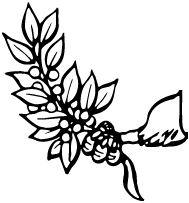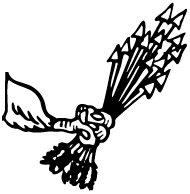Just doing nice things for total strangers 24 hours a day.
You can't buy this stuff but you can build it yourself.
p.s. Got some woods where I can live in a tent?
Zero Prestigetm Mega-Corporation
Presents

The
new open-source corporate model. No employees, no profits.
Just doing nice things for total strangers 24 hours a day.
You can't buy this stuff but you can build it yourself.
p.s. Got some woods where I can live in a tent?
Zero Prestigetm Mega-Corporation
Presents

 |
KITE BAR COOKBOOK |
 |
| The Secret Spot In a southwest wind the wind comes at us through a valley and it's pretty smooth. When the front passes we get a northeast wind off the ocean that's very nice. But usually we have an evil north or northwest wind that looks like fists hitting the water. There is one place near here though, where that NW wind is clean and smooth like Wonderbread... The SECRET SPOT. I can't tell you where it is, but I can torment you. The first hint. Who built the largest pyramids in the world? |
| The
Retail-Averse Personality A salesman in a windsurf store once asked me "What kind of wind do you usually sail in?" And I thought "Same wind as everybody else, whatever wind there is". But I didn't say that. I didn't know what to say. I went out every night regardless of conditions. I sailed in the dark because I got out of work at 5pm and it got dark at 4. I had to get clobbered by scenery and worn out so I could sleep and be sane at work at 8am. So if there was a storm, there I was, out alone on the harbor in a gale in november at night, with runaway yachts surfing past me on their way from a broken mooring to wreck on the rocks. Windsurf stores make me really nervous and uncomfortable, like no matter how much money I spend I'll never be cool. |
| The IAP '03 Bar Step By Step
Details In January of '03 we taught a bunch of MIT folks to make kites. This is the prototype bar for the class. The stick is 1.25" oak rod from Mcmaster-Carr. The safety leash uses two rings to pull on one line to arrest the kite when you drop the bar. This whole rig is pretty good. |
|
The History of Kitesurfing To summarize, for the good of the community and
the industry we should each do our share. Here's the Code: Code of Conduct - Littering - Vandalism - Beating people up - Etcetera. |
| no picture- bad idea. |
The Windup Bar That Didn't Work |
other stuff:
commercial reel bars
3dprinted bar ends
foamies wrapped handles and bar
various pictures probably copyright Saul Griffith and Eric Wilhelm - check out their works at squid-labs.com and zeroprestige.org.
Contact me robot@(jeez louize I hate spam)mit.edu with bug reports
etc. (remove this type stuff from email addr first)
Tim's homepage
Copyright Tim Anderson 2003